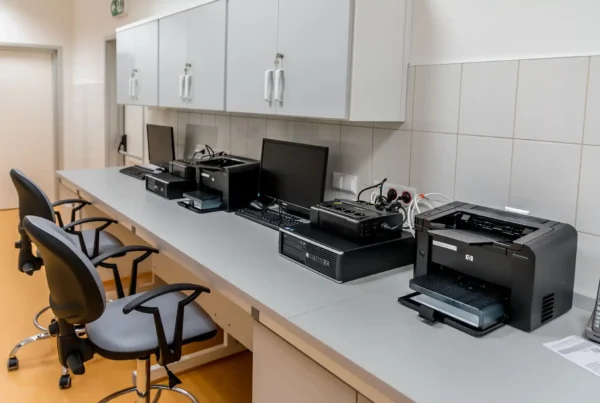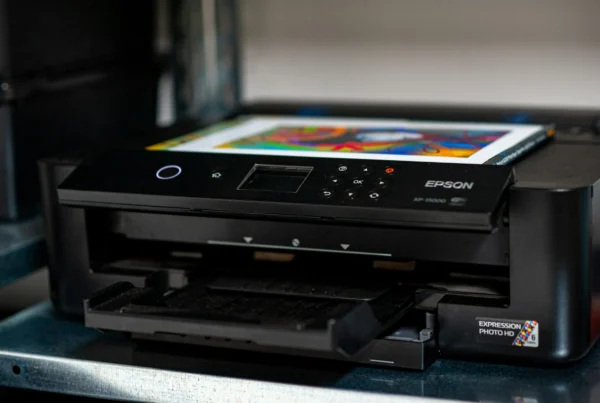From devastating natural disasters to sophisticated cyber attacks, threats to your business can happen at any time. A robust Business Continuity Plan (BCP) is your organization’s lifeline when a crisis hits. This guide will walk you through crafting a BCP that doesn’t just weather storms but helps your business thrive through them.
Step 1: Conduct a Risk Assessment
The journey to a solid BCP begins with a thorough risk assessment. Identify potential risks that could disrupt your business. These might range from natural disasters to technology failures. By understanding the likelihood and impact of these risks, you can prioritize which ones demand immediate attention. This step is important for pinpointing vulnerabilities and preparing your organization to withstand them.
Step 2: Identify Critical Business Functions
Not all business functions are created equal. Identify which operations are critical to your business’s survival—those that, if interrupted, could lead to significant losses. Focus on revenue-generating activities, customer service, supply chain logistics, and IT systems. Knowing your priorities helps you use resources wisely. This ensures important functions are either kept running or quickly restored if disrupted.
Step 3: Develop Recovery Strategies
Once you’ve identified critical functions, develop tailored recovery strategies. Consider implementing redundant systems, establishing alternative suppliers, creating manual workarounds, and facilitating remote work. These strategies should be practical and cost-effective, aligning with your business goals. The aim is to maintain continuity or swiftly recover, minimizing the disruption’s impact.
👉 Our tips for securing data backups
Step 4: Create a Communication Plan
During a crisis, clear communication is your lifeline. Develop a comprehensive communication plan to keep employees, customers, suppliers, and stakeholders informed. Specify designated communication channels, key contacts, and prepare templates for various situations. Effective communication alleviates confusion, ensuring everyone receives timely and accurate updates.
Step 5: Test and Update the Plan
A BCP is not a static document. Regularly test and update it to make sure that it works and still meets your needs. Conduct drills and simulations to identify weaknesses and areas for improvement. This process helps refine the plan, making it more actionable and relevant.
Step 6: Train Employees
Your employees are your front-line defenders during a crisis. Run regular training sessions to familiarize them with the BCP and their specific roles. Preparing your employees leads to quick, organized responses. This reduces downtime and keeps operations stable.
Step 7: Review and Revise Regularly
The business landscape is ever-changing, and so are the risks. Regularly review and revise your BCP to reflect changes in operations, technology, and the external environment. Incorporate feedback from tests and real-life incidents to continuously enhance the plan’s effectiveness.
Final Words
A strong BCP minimizes downtime and ensures your business remains operational and resilient amidst disruptions. It protects your reputation by demonstrating a commitment to stakeholders and reduces financial losses through timely recovery. In essence, a well-crafted BCP is your business’s insurance policy against the unpredictable.
About Proven IT
Proven IT helps organizations leverage technology to boost productivity, control costs and protect confidential data. Headquartered in Illinois with customers throughout the United States, popular solutions include Managed IT, Cybersecurity, Managed Office Services, Integrated Voice & Data, Physical Security Systems and Business Process Automation.







